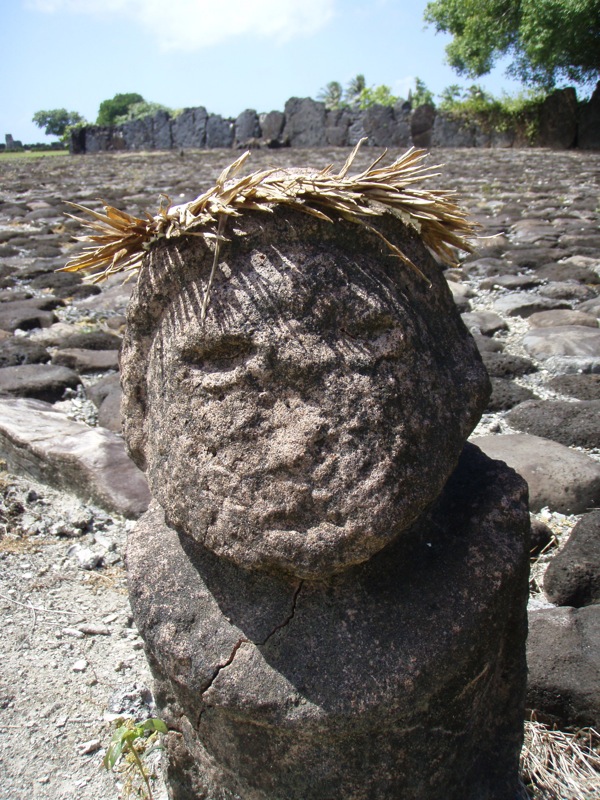The Historical and Cultural Significance of Marae Taputapuatea
Marae Taputapuatea, located on the southeastern coast of Raiatea in French Polynesia, stands as a monumental testament to the religious and political significance of Eastern Polynesian culture. This marae complex, which was inscribed on the UNESCO World Heritage List in 2017, serves as a crucial link to understanding the traditional practices and beliefs of the Eastern Polynesian people.
Get your dose of History via Email
Description of the Marae Complex
The marae complex is strategically positioned at the end of a peninsula, extending into the lagoon that surrounds Raiatea. The heart of this complex is the marae itself, a rectangular courtyard that spans 44 by 60 meters, paved with basalt. The eastern end of the marae features the ahu, a ceremonial platform constructed from basalt and coral. Within the complex lies Marae Hauviri, notable for its role in the naming of chiefs, among other marae and stone structures.
Historical Overview
The sacred area known as Cape Matahira-i-te-ra’i, or Te Po, is believed to be the dwelling place of the gods. Initially dedicated to Ta’aroa, the supreme creator, the marae later became associated with the worship of ‘Oro, the god of life and death. Legend has it that ‘Oro’s descendant, Hiro, was responsible for constructing the marae, naming it Taputapuatea, which translates to ‘Sacrifices from afar’. This site became central to the cult of ‘Oro, facilitating a vast voyaging network across the Pacific.
The establishment of the marae dates back to around AD 1000, with significant expansions and reconstructions occurring between the 14th and 18th centuries. Taputapuatea was not only a religious center but also a place of learning, where priests and navigators from across the Pacific convened to share knowledge on genealogy, cosmology, and deep-ocean navigation.
In the 17th and 18th centuries, an alliance known as Ti’ahuauatea was formed, encompassing islands to the west and east of Raiatea. This alliance facilitated the establishment of new marae across the Pacific, each linked spiritually to Taputapuatea through a rock from the Raiatea marae. However, internal conflict eventually led to the dissolution of this alliance.
The marae complex faced destruction in 1763 when warriors from Bora Bora attacked Raiatea. Further changes came with the arrival of European explorers and missionaries in the late 18th and early 19th centuries, leading to the abandonment of the marae complex.
Research and Restoration Efforts
The desolate state of Marae Taputapuatea deeply moved Te Rangi Hīroa during his 1929 visit, prompting reflections on the loss of Polynesian spirit and culture. Restoration efforts began in 1994, spearheaded by the Association Na Papa E Va’u Raiatea, which has played a pivotal role in preserving and reviving the marae complex. The inclusion of Marae Taputapuatea on the UNESCO World Heritage List in 2017 marks a significant recognition of its cultural and historical importance, fostering connections among Polynesian communities and promoting the preservation of their shared heritage.
Marae Taputapuatea stands as a symbol of the rich cultural and spiritual legacy of the Eastern Polynesian people, offering insights into their complex social structures, religious practices, and navigational expertise. The ongoing preservation and study of this site continue to contribute to our understanding of Polynesian history and the broader narrative of human civilization in the Pacific.
Sources:

